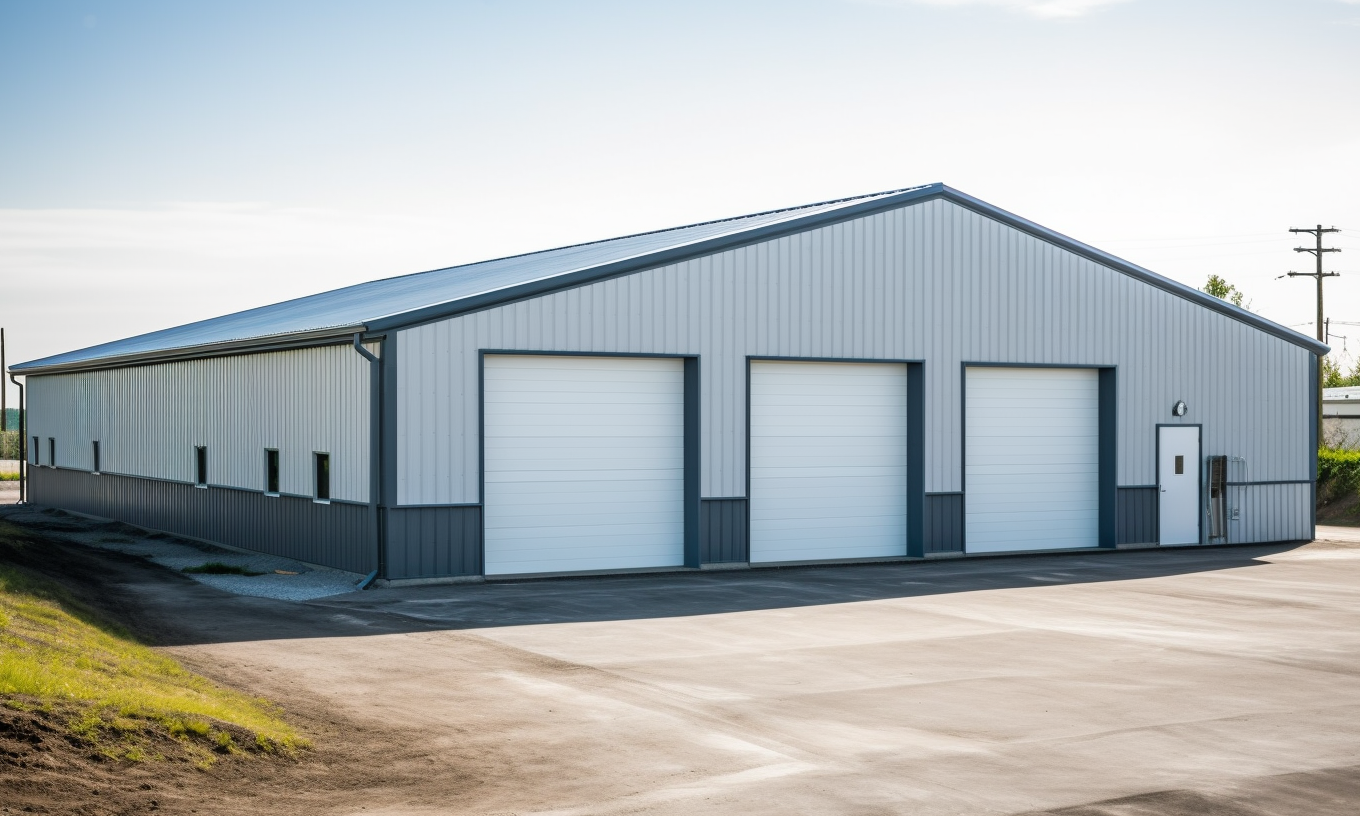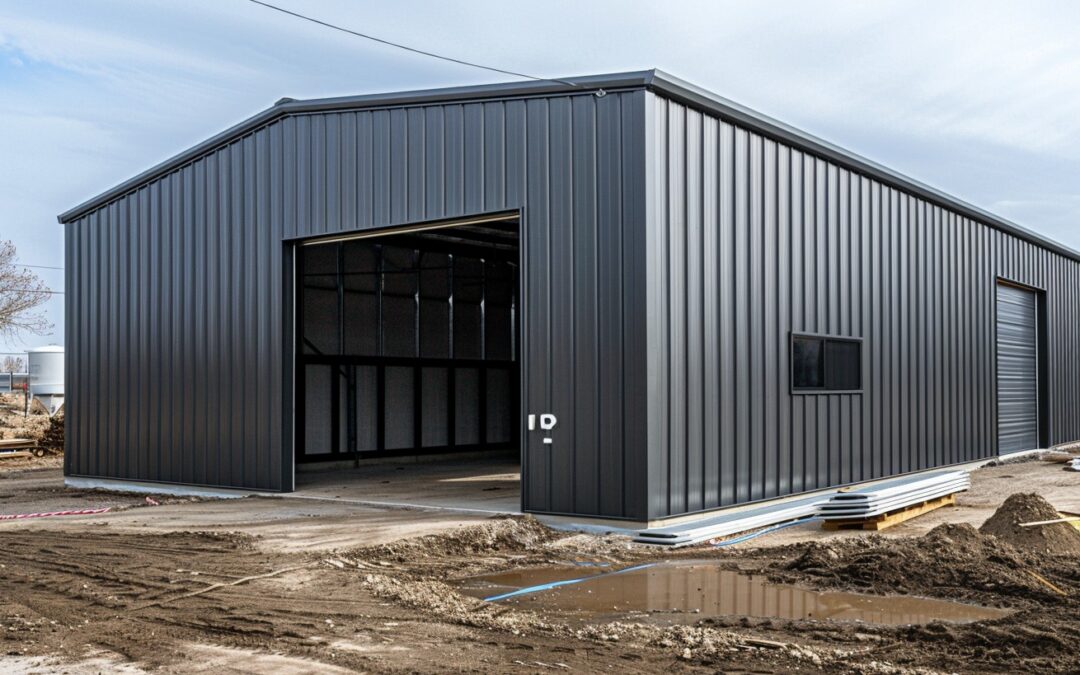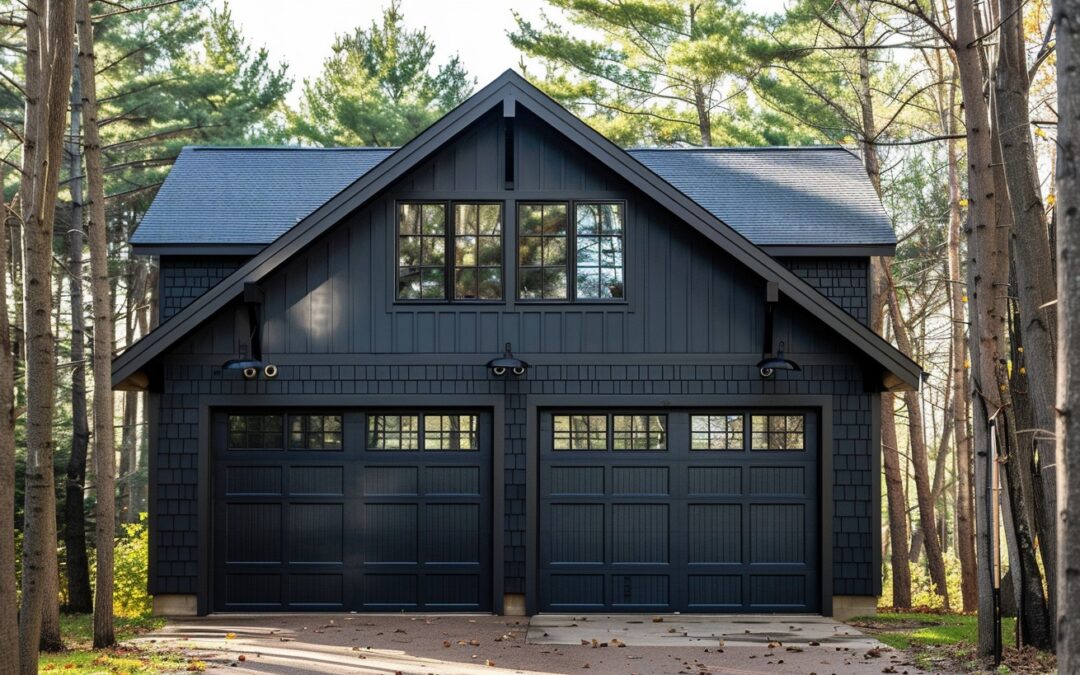The Growing Need to Protect Intellectual Property in Construction Industry
It’s safe to say that the landscape of construction has undergone seismic shifts over the decades. Today, technological advancements such as Building Information Modeling (BIM) and 3D printing have become major forces shaping the industry. However, along with their game-changing capabilities comes an often overlooked concern – the need to protect Intellectual Property (IP) rights.
The Role of Advanced Technology in Redefining Construction
The use of advanced technology in construction is no longer a novelty—it’s the new normal. Innovations such as BIM—a digital representation of physical and functional characteristics of a facility, and 3D printing—an additive manufacturing process that creates objects layer by layer from a digital model, have taken the industry by storm.
These tools have created opportunities for industry players to plan better, improve productivity, reduce costs, and enhance safety. But with these significant developments also comes a downside; a thorny issue rapidly emerging in the industry’s horizon – Intellectual Property.
Intellectual Property: A Brief Overview
Intellectual Property (IP) refers to creations of the mind, such as inventions, literary and artistic works, designs, symbols, names, and even images used in commerce. IP is protected by rights, which enable the creator or owner to benefit from their work or invention. These rights exist in different forms like patents, copyright, trademarks, industrial designs, and trade secrets.
In the construction industry, these rights cover everything from designs, architectural blueprints, methods of construction, innovative technologies, to sophisticated software algorithms powering construction tech.
Why Intellectual Property Matters in Construction?
In previous times, IP was rarely a topic of concern in the construction sector. However, with advanced technology shaping the industry, the potential for IP infringements has dramatically escalated.
Innovative tech tools like BIM can be likened to double-edged swords. On one side, they streamline operations, improve efficiency, and minimize costs. On the flip side, they generate large amounts of data, including designs, architectural plans, and entire construction processes. These can easily be accessed and replicated, leading to potential IP violations.
Rising To The Challenge: Protecting IP Rights in Construction
While the risk is real, so are the steps to mitigate potential IP infringements within the construction industry.
It is crucial for businesses in this sector to understand the contours of IP law as it applies to their operations. They need to recognize the kind of IP rights they own, where they exist, how to protect them, and how to refrain from infricting other parties’ rights.
Ensure patents are secured for inventions, copyrights for creative works like building designs and blueprints, and trademarks for brand names and logos. Non-disclosure agreements can protect sensitive business information, while licensing can safeguard software usage.
Conclusion
As the construction industry continues to innovate and adopt advanced tech tools, the importance of safeguarding IP rights cannot be overstated. The road to IP protection may seem daunting, but it is an essential path to tread for industry players who wish to safeguard their innovative strides. Not only do IP rights fortify businesses, but they also facilitate a healthy, competitive, and respectable industry landscape.
For the construction industry, the time to understand and prioritize IP rights is now. It is integral to not only surviving but thriving in an industry that’s continuously being reshaped by technology. It’s time we start viewing IP protection not as a deterrent, but as a necessary means to fuel innovation and growth.
What are your thoughts on IP protection in the tech-driven construction industry? Feel free to leave your comments, share experiences, or ask questions. We would love to hear from you!
[Original news source](https://construction.einnews.com/article/756493939/QVa6_T3YQ2pus8Pd?ref=rss&ecode=1DuD3iljaaUWz4P-)
Backlink Integration: `Explore the range of steel buildings in Ontario`




